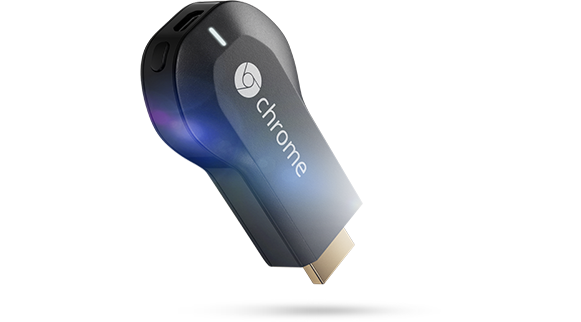In truth, Internet TVs might be more about the appliance that allows the display to show Internet-accessed content.
Google's Chromecast is a $35 plug in that allows Internet-compatible TVs to show content accessed by a local Wi-Fi network connected to the Internet.
It requires an HDMI port, and also that the user has Wi-Fi communications with the Internet, and a CPU that can access the Internet.
Essentially, a user orders up a web page and then the content is delivered over the Internet connection directly to the Chromecast.
To be sure, "receiver" or "processing" functions traditionally have been integrated with displays. That's what a "TV" has been. Notebooks, smart phones, iPods and other devices come integrated with screens.
Cable set-tops traditionally have substituted their own tuners for the tuners built into the TVs.
But desktop PCs traditionally have been sourced unbundled from the display. Some might argue that is the way Internet TV will become popular.
In other words, the display arguably is just a dumb component, where the intelligence is supplied by the decoder device. YouTube content, for example, though controlled by some other CPU in the home, is sent directly to the display through the Chromecast device.


No comments:
Post a Comment